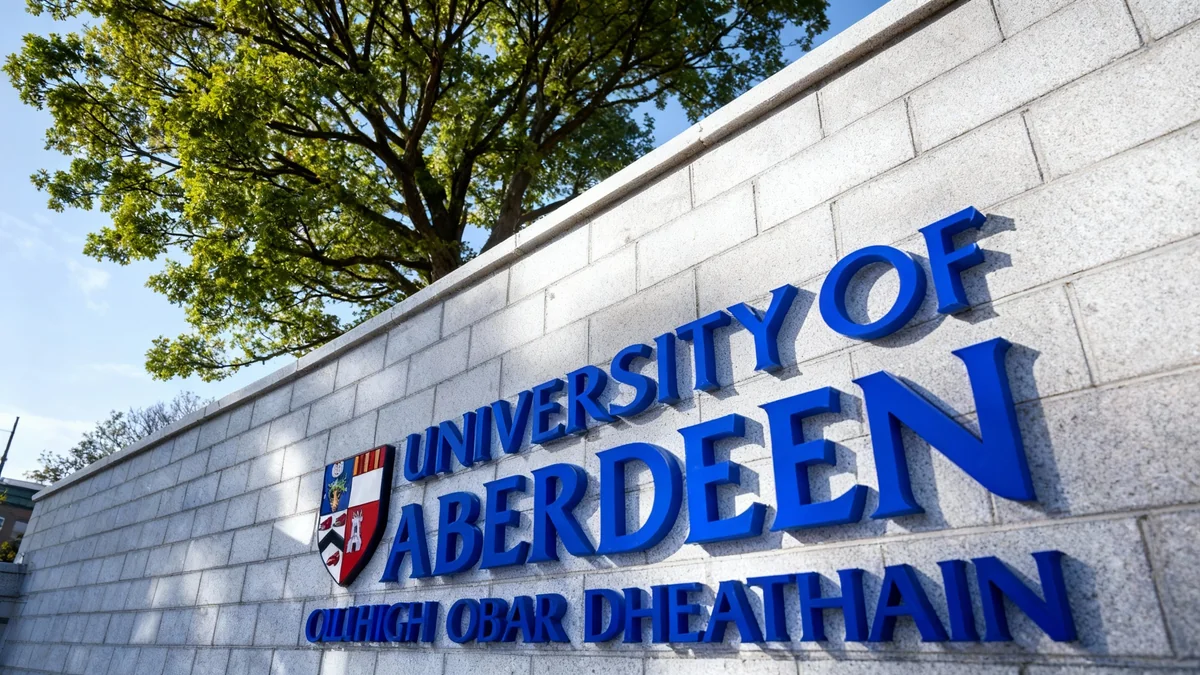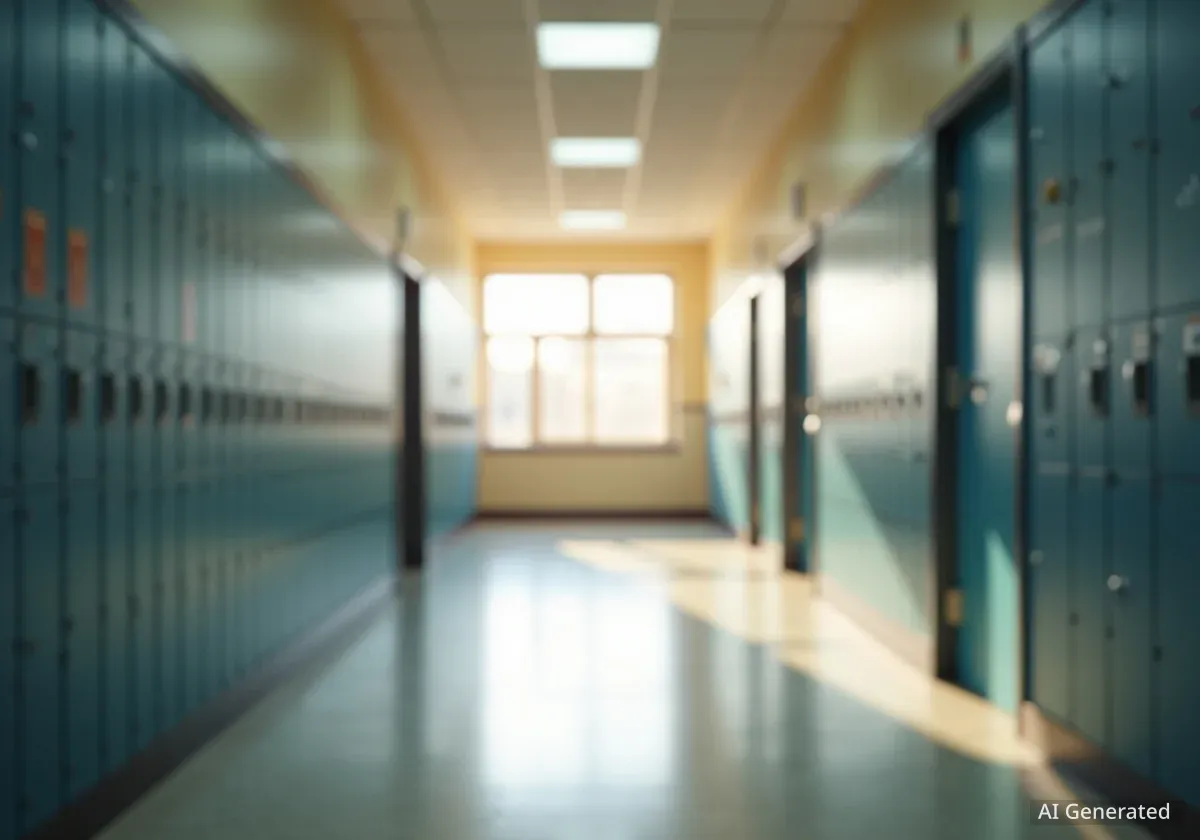San Diego State University has announced a series of major achievements, including record-breaking private donations, a historic endowment milestone, and its largest-ever student enrollment. The university secured $142.2 million in private funding during the last fiscal year, pushing its endowment past the $500 million mark for the first time.
These financial successes coincide with unprecedented growth in student interest. The university received a record 130,000 applications for the fall semester, and total enrollment has now surpassed 40,000 students, also a new high for the institution.
Key Takeaways
- Record Donations: SDSU raised $142.2 million in private donations in the fiscal year ending June 30, an increase of approximately $12 million from the previous year.
- Endowment Milestone: The university's endowment exceeded $500 million for the first time in its history.
- Enrollment and Applications: Fall enrollment surpassed 40,000 students, and the university received an unprecedented 130,000 applications.
- Support for Public Media: The fundraising total includes a significant $30 million designated for the KPBS public broadcasting stations.
- Campus Expansion: To accommodate growth, the university has initiated the Evolve Student Housing project to increase on-campus housing capacity.
A Landmark Year for Fundraising and Endowment
San Diego State University achieved a significant financial milestone in the fiscal year that concluded on June 30. The institution attracted $142.2 million in private donations, setting a new institutional record. This figure represents a notable increase of about $12 million compared to the prior year, signaling strong confidence from alumni and supporters.
A substantial portion of these funds, $30 million, was specifically allocated to KPBS, the public radio and television stations operated by the university. This contribution provides critical support, particularly as public broadcasting has faced federal funding reductions nationwide.
Financial Highlights
- Total Donations (FY ending June 30): $142.2 Million
- Year-Over-Year Increase: ~$12 Million
- Donation to KPBS: $30 Million
- Endowment Value: Over $500 Million
The influx of donations has propelled the university's endowment to a historic high, now valued at over $500 million. An endowment is a crucial long-term financial asset for a university, with investment earnings used to support scholarships, research, and academic programs in perpetuity.
Adrienne Vargas, the vice president for university relations, commented on the achievement in a public statement.
"Surpassing the $500 million mark for the first time is a historic milestone, solidifying the long-term, sustainable future of SDSU’s academic excellence and student opportunity."
This financial growth strengthens the university's ability to invest in its core mission and provides a stable foundation for future initiatives, ensuring it can continue to serve its students and the broader community effectively.
Unprecedented Growth in Student Population
The university's financial success is matched by a surge in its popularity among prospective students. For the current fall semester, SDSU received a record-breaking 130,000 applications. This high volume of interest underscores the university's growing reputation and appeal both within California and nationally.
This intense demand has translated into the largest student body in the university's history. Official figures confirm that fall enrollment has climbed past 40,000 students for the first time. This growth reflects the university's expansion and its capacity to accommodate a larger and more diverse student population.
The Significance of a Large Applicant Pool
A large number of applications allows a university to be more selective, potentially raising its academic profile. It also indicates a strong brand reputation and high demand for its educational offerings, which can attract top faculty and further investment.
Managing such a large student body presents both opportunities and challenges. The university must ensure it has the infrastructure, faculty, and support services necessary to maintain a high-quality educational experience for every student.
Investing in the Future: Campus Development
To address the needs of its expanding student population, SDSU has begun construction on a major new housing initiative. The Evolve Student Housing project is a multi-phase development designed to provide much-needed on-campus living space.
The first phase of the project is already underway. Once all phases are complete, the new complex will significantly increase the university's housing capacity. This is particularly important in the San Diego market, where affordable off-campus housing can be difficult for students to find.
Providing more on-campus housing is a strategic priority for many universities. Studies show that students who live on campus often have higher rates of academic success and feel more connected to the university community. By investing in projects like Evolve, SDSU is directly supporting student retention and success.
Navigating Financial Challenges Amidst Success
While the university celebrates its records in fundraising and enrollment, it also faces financial headwinds in other areas. The institution reported a $29 million reduction in science funding due to nationwide cuts made by the Trump administration.
This loss comes at a time when SDSU was building momentum in its research programs. Federal funding is a primary source of support for scientific research at universities, and such cuts can impact everything from laboratory operations to the ability to attract and retain leading researchers.
The contrast between the record private donations and the reduction in federal research funding highlights the complex financial landscape for public universities. While philanthropic support is growing, reliance on federal grants for specific areas like scientific research remains critical. The university must now navigate how to sustain its research ambitions while facing these external funding pressures. This situation underscores the importance of a diversified funding model that includes state support, private philanthropy, and federal grants.





